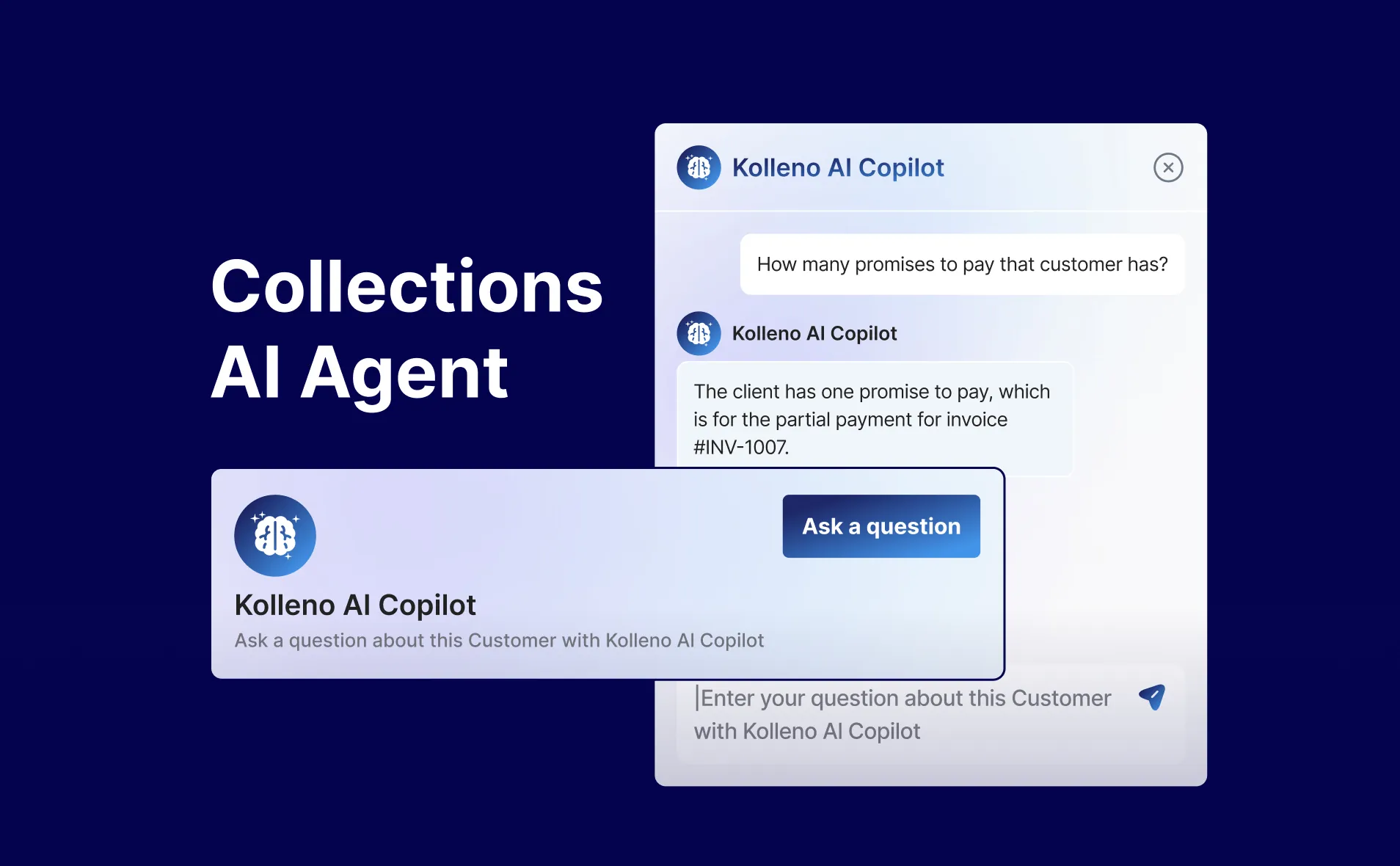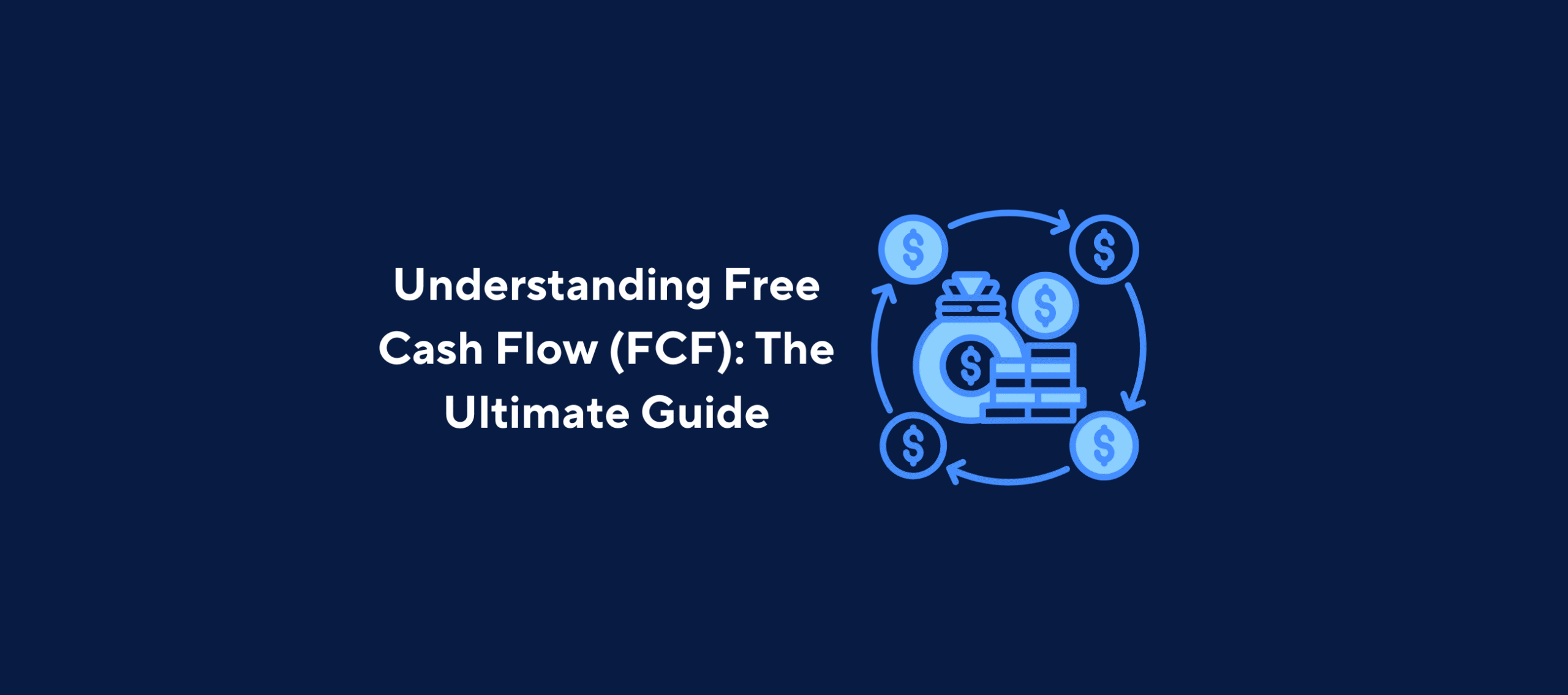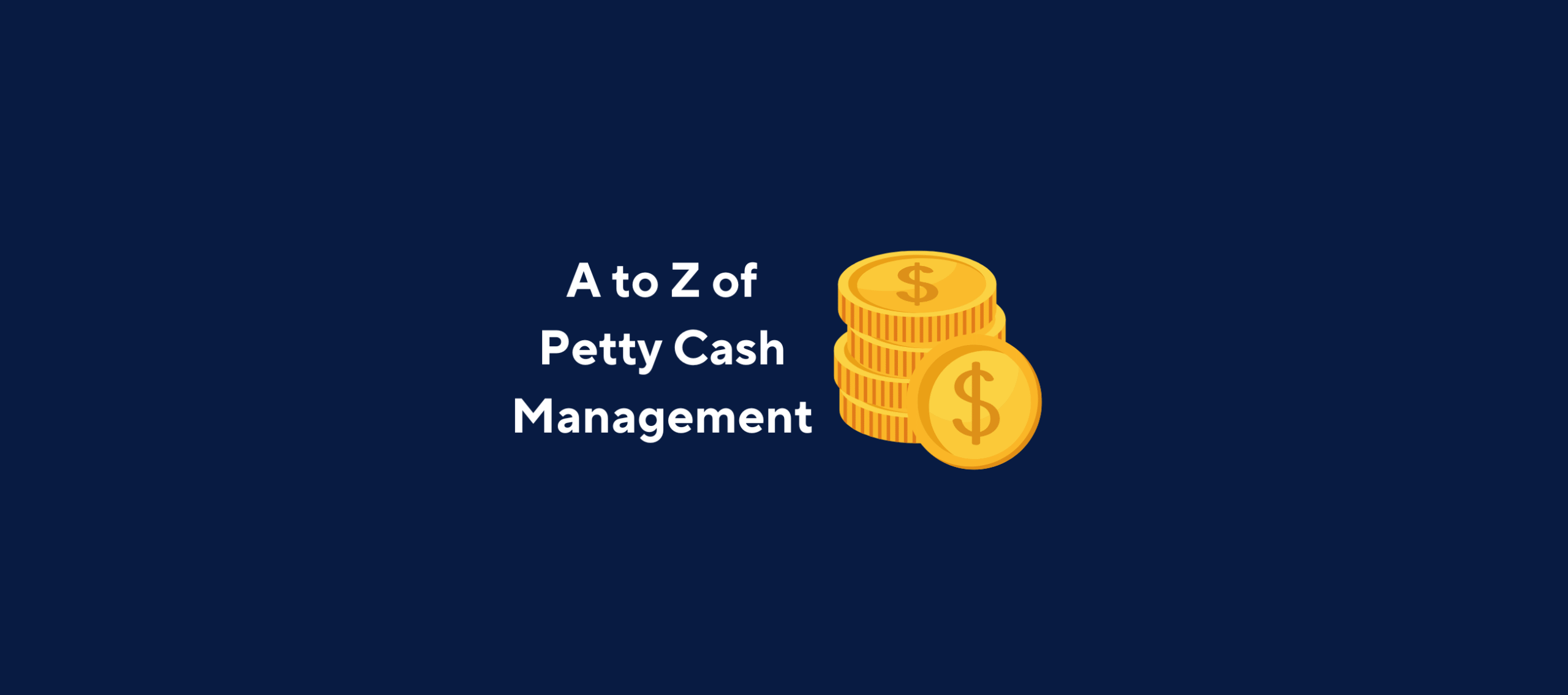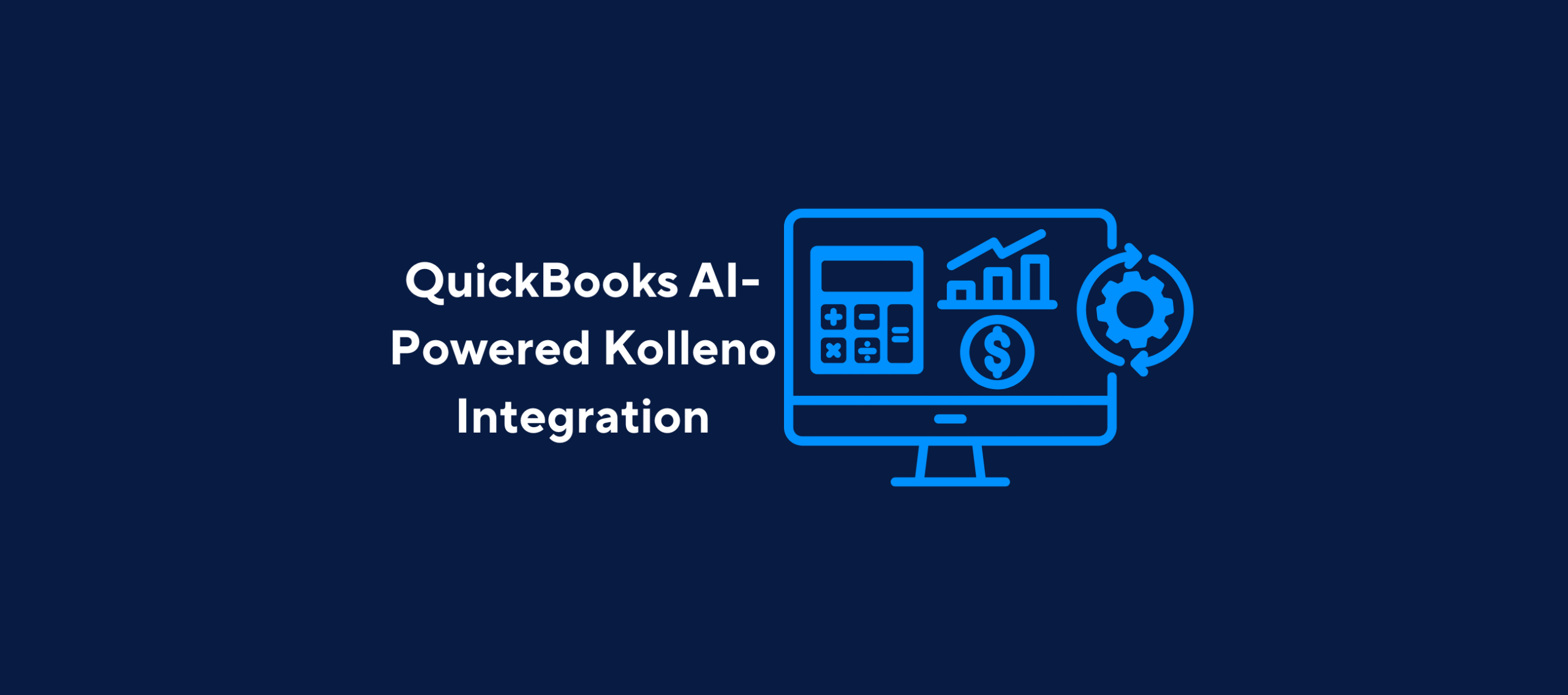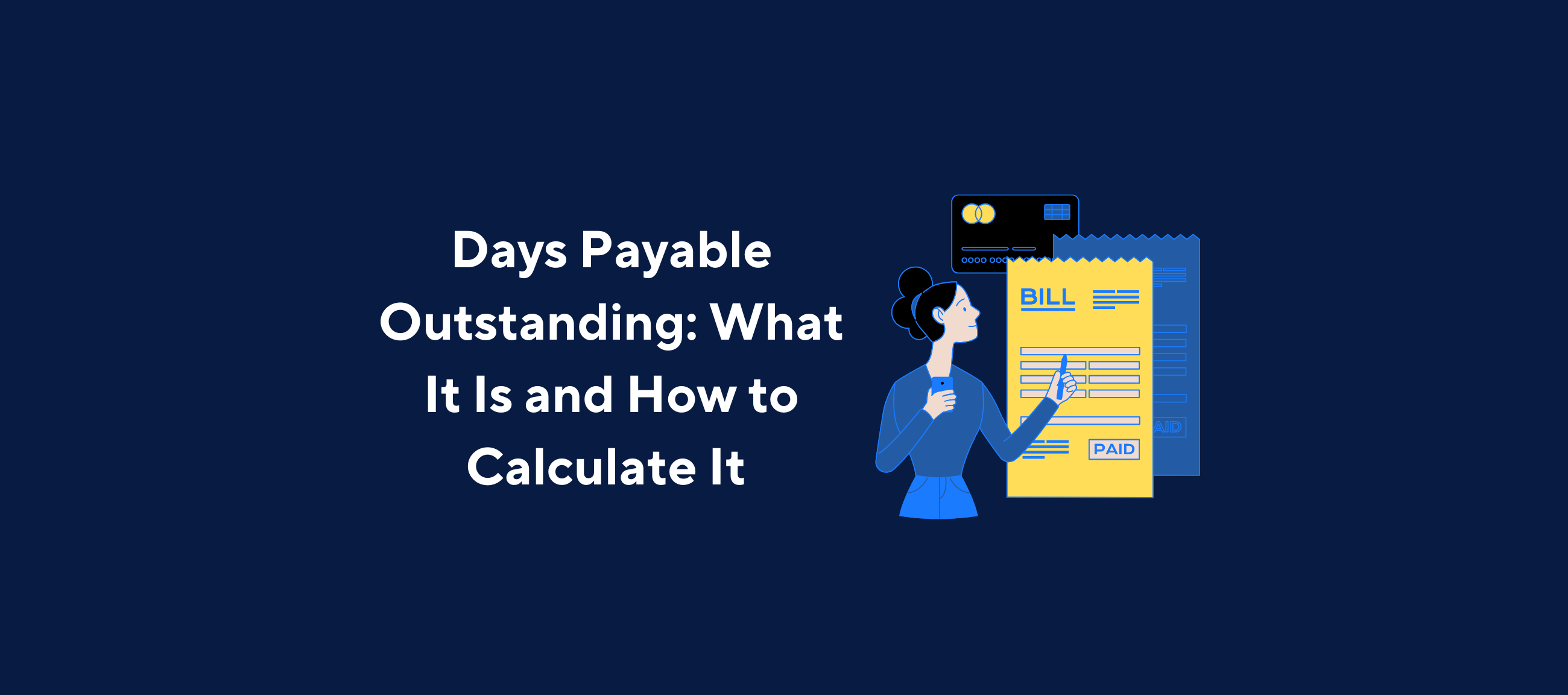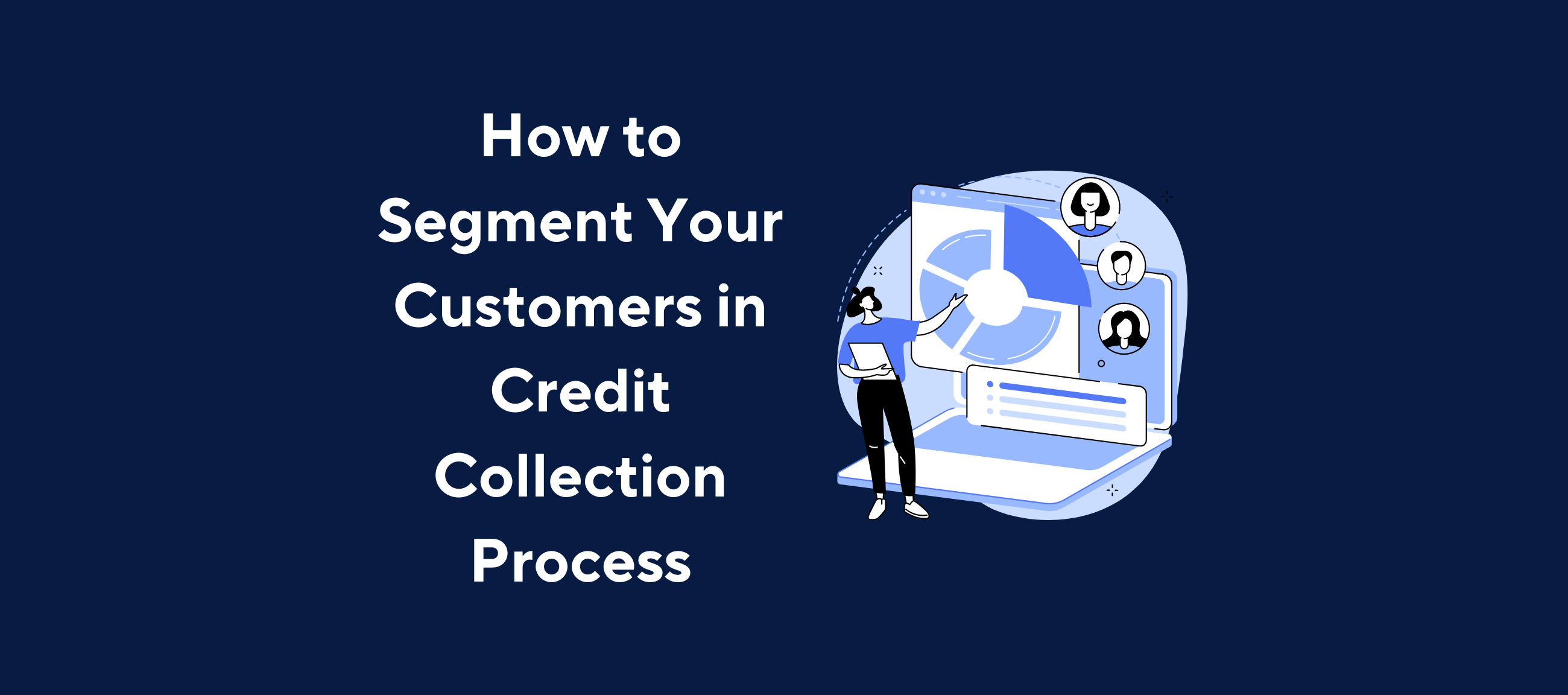Key Points
Ageing Report is a term used in accounting and refers to an analysis of the overdue invoices of the company.
Ageing reports are a simple analysis of the overdue invoices of the business. It gives a quick overview of the current status. How many invoices are late from 0 to 30 days, 31 to 60 days, 61 to 90 days, and 91+ days?
Overdue invoices are normal for every industry. Therefore, it is important to be proactive in collections to prevent cash flow shortages.
It is important to monitor the ageing reports on a regular basis. It can alarm the finance department of unforeseen cash shortages, a higher proportion of bad debts, or other negative tendencies.
Frequently Asked Questions:
What are Ageing Reports?
The ageing report is an analysis of the overdue invoices based on the days the invoice has been outstanding.
How to prepare Ageing Reports?
To prepare the ageing report the user has to list all invoices that have been overdue and specify how many days it has been outstanding. The second step is, to sum up, the outstanding amounts in four different groups: 0-30, 31-60, 61-90, and 91+ days outstanding.
How often to prepare ageing reports?
Ageing reports can be prepared as often as needed. It gives a glance into the current outstanding balances in the accounts receivable. The digital tools that continuously analyse the accounting data prepare the reports continuously in real-time.
Who is responsible for the preparation of the Ageing Reports?
The office of the CFO, accountants or credit controllers are responsible for the preparation of the ageing reports.
What information do Ageing Reports provide?
Ageing reports tell the status of the overdue invoices of the company. The user can view how many outstanding invoices are the majority during a certain overdue time frame 0 to 30 days, 31 to 60 days, 61 to 90 days, or more than 91 days.
What Are Ageing Reports?
The definition of an Ageing Report is simple. It is an analysis of the unpaid amounts of overdue invoices grouped by the days invoices are outstanding. Usually, ageing analysis has four groups – 0 to 30 days late, 31 to 60 days, 60 to 90 days, and more than 91 days.
Origin of the Ageing Analysis
When a company makes a sale, it prepares an invoice and sends it to the customer. Usually, each invoice states the deadline until which the customer has to pay the invoice. Usually, the deadline to pay the invoices varies between 30 to 90 days, depending on the business. All invoices that have been issued, but not paid yet have a special place on a company’s balance sheet. The business records all unpaid invoices in the Accounts Receivable, which appear as an asset.
Accounts Receivable (AR) contains all uncollected cash from sales. The larger the AR, the less there is liquid cash the company can use for future investments or pay its own expenses. If the cash is not collected, it is eventually written off as a bad debt. Each company decides on its policy on bad debts. However, usually, if the invoice is overdue for 270 days, it is deemed uncollectible.
Why Are Aging Reports Called That Way?
The accounts receivable ageing reports “group” the invoices based on their overdue maturity. The invoice amount is shown in the section based on its “ageing” or the number of days that have passed since the customer didn’t pay. For example, if the invoice is overdue for 45 days, it is recorded in the ageing group between 31 and 60 days.
How Do You Prepare Account Receivable Aging Reports?
To prepare an ageing report, you have to start by listing all the invoices that haven’t been paid yet.
Then, sort them by the overdue days, and place and sum up all the invoices that have been overdue for 0 to 30 days in one pile, then the same for 31 to 60 days, and for 61 to 90 days. All invoices that are overdue for more than 91 days are summed up together. If you are using Excel, you can choose the bar chart to visualise the ageing balances. The columns help to grasp the information and quickly understand which overdue invoices are prevailing. Based on the information, your credit collection department can tailor the chasing procedures, adjusting the frequency, timing and tone of voice.
What Does an Aging Report Look Like?
An ageing report usually looks like a bar chart. Each bar represents the amount of outstanding revenue by its maturity. Users of Kolleno AR management platform can see the overall overdue balance, the amount overdue for one, two, three months, and more than 91 days. Also, users can choose to view the overdue balances by percentage to understand which overdue maturity prevails in the accounts receivable.
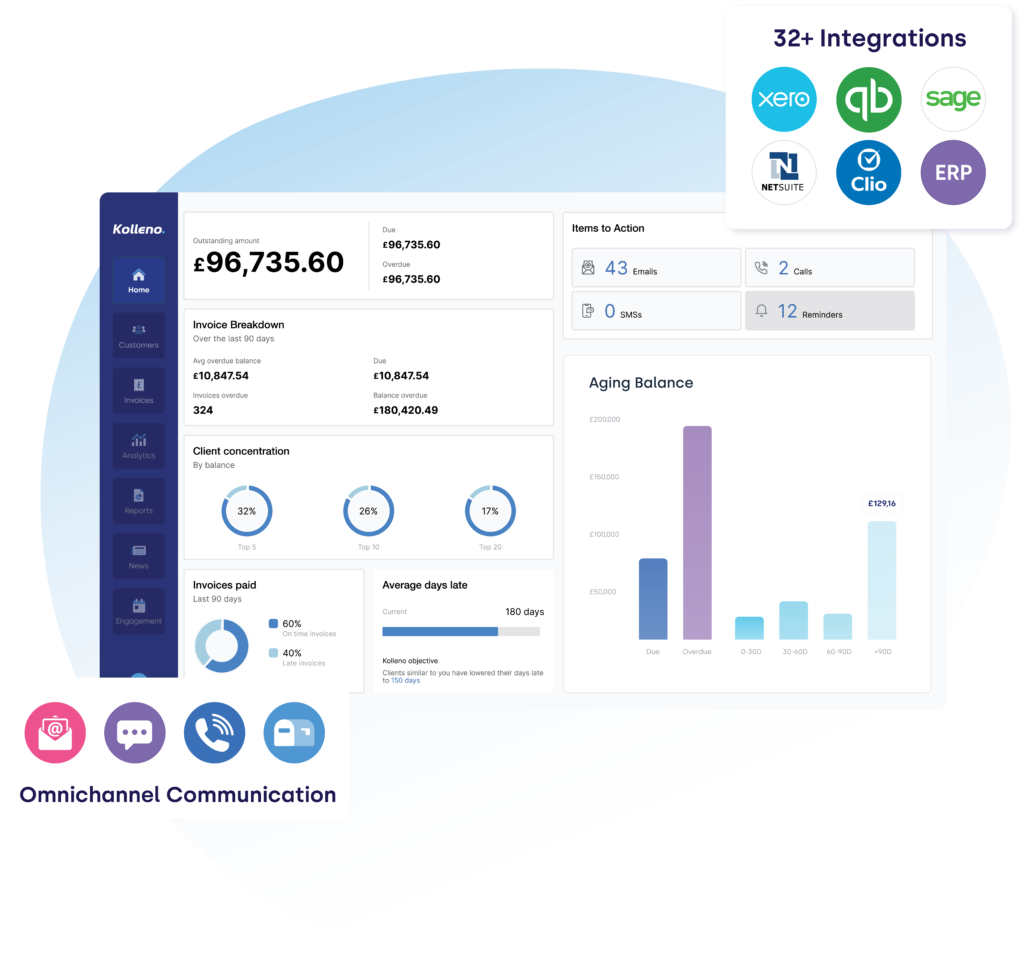
What Information Can You Find in an Aging Report?
The ageing analysis provides a snapshot of the current payment behaviour of the customers of the business. It is a macro view, rather than a granular analysis of each invoice. The AR invoices are grouped into different categories depending on the status of the invoice (current or overdue), but also how many days it is outstanding. Because the variables here are days, this report is dynamic and changes every day, as one day can make an invoice overdue and move it to a different category.
Therefore, it is great to have automated AR management tools that provide analytics without the need to change input. Kolleno cloud-based accounts receivable management and automated collections platform not only helps to expedite the repayment of the invoices but also produces analytics and reporting to help management and the office of the CFO make strategic decisions.
Why it is Important to Review Aging Reports Regularly
Regular analysis of the ageing reports can help businesses prevent an increase in bad debts, and also improve cash flow. The money that is stuck in the accounts receivable and long days of sales outstanding (DSO) means the businesses are missing out on liquidity. The shortfall in cash flow, on the other hand, leads to bankruptcies. It is estimated that 50,000 SMEs fail each year in Britain alone due to the shortages in cash flow. Moreover, cash flow is the number one reason why SMEs fail, with 82% of respondents stating it as a reason.
Late payments are a growing problem and a major cause of cash flow problems, with more than half of SMEs experiencing it. Regular review of ageing reports can help finance teams to plan for better collection procedures based on the patterns shown in the ageing reports.
What Information Do Ageing Reports Reveal?
The ageing analysis provides invaluable information for credit controllers, client relationship managers, or other employees because it can point out the clients that require more communication or attention. Sometimes, you may discover that the Pareto principle applies to your company’s invoice ageing reports, meaning that 20% of clients are responsible for 80% of the overdue invoices. It means that credit controllers have to make sure to send more reminders to the 20% of delaying customers, as they account for the majority of the debt.
Ageing reports prepared for your company can also help you understand where you stand in comparison to industry trends. Late invoice payments are normal for every industry, but it is essential to see if your business is doing worse than others or anticipate the patterns within your business sector. Publishing and construction sectors, for example, can have as much as 46% and 31% of invoices that have aged over 91 days.
How Do You Use An Aging Report?
The information that ageing reports provide can be used in different ways, depending on the user.
CFO
The CFO uses ageing reports to predict cash flow, projections for profit, or evaluate future investment capabilities of the business. Also, the ageing reports help with the provision for debts.
Credit Controllers
Ageing balances may show credit controllers that the existing policies are not efficient, or that they have to divert their collection efforts to a more sizable proportion of the overdue invoices. For example, if the largest percentage of overdue invoices is between 0 to 30 days, perhaps the customers are not receiving the payment reminder near the approaching deadline of the invoice. If, however, the majority of overdue invoices are between 61 to 90 days, then it is useful to overlook the communication sequence with clients whose invoice is approaching 60 days.
Account Executives and Customer Relations
The staff who work directly with sales, and maintain relationships with existing clients can get valuable information out of the ageing analysis. The sales team may want to negotiate with customers different invoice terms if they are having difficulties meeting the deadline. Alternatively, they can negotiate payment plans in advance, so there are no surprises when the invoice becomes overdue. Also, as the customer relationship team have closer contact with customers, they can get some insights into the business situation of the client. They can find out if the payment delays are only temporary, as there were some unforeseen situations with the client’s business.
Tax Authorities
Tax authorities also use ageing reports. It helps them to check if your bad debt provision is in line with the ageing balances. Bad debts are tax deductible, so for the tax watchdog, the bad debt provision has to reflect the ageing invoices, and checking up if the policies are in line with the customer behaviour.
Collection Strategy Based on Ageing Analysis
Ageing reports provide invaluable information that helps various departments of the business. However, the main user of the ageing analysis are the credit controllers. It helps them to tailor their chasing strategy. Successful credit collection is built upon an understanding of the payment behaviour of clients, what dates are the most critical, and how many reminders have to be sent out before the invoice has been paid for.
Estimating the best timing and frequency to contact the late-paying customer can be tricky. It requires a lot of trial and error. The great news is, manual collections are not the only option right now. Today it is possible to automate AR management and credit collection. Kolleno platform is powered by AI algorithms and machine learning technology that lists the actions that are the most urgent to improve the collections and eventually improve your cash flow. The actions are recommended by the payment behaviour of customers and ageing report analysis. The platform is also capable to suggest messaging and tone of voice to improve customer relationships and the same time decrease the days sales outstanding.
Contact us today to find out more.
- Key Points
- Frequently Asked Questions:
- What Are Ageing Reports?
- Why Are Aging Reports Called That Way?
- How Do You Prepare Account Receivable Aging Reports?
- What Does an Aging Report Look Like?
- What Information Can You Find in an Aging Report?
- Why it is Important to Review Aging Reports Regularly
- What Information Do Ageing Reports Reveal?
- How Do You Use An Aging Report?
- Collection Strategy Based on Ageing Analysis
